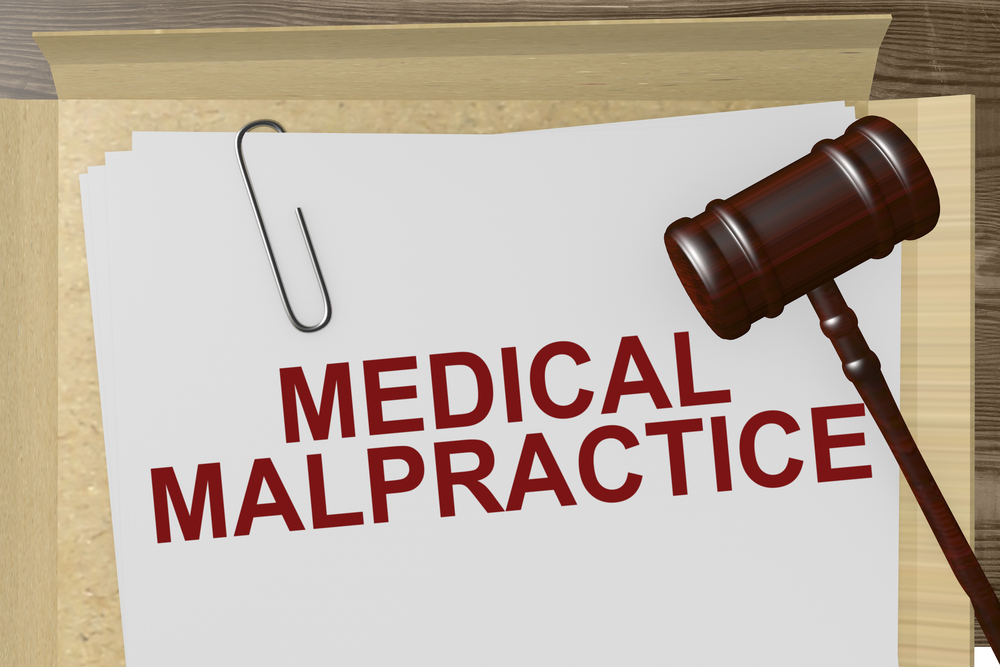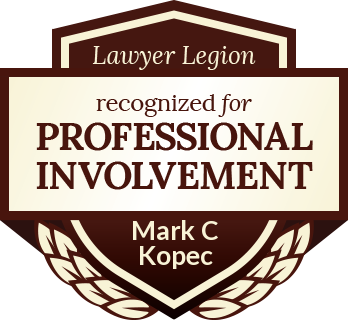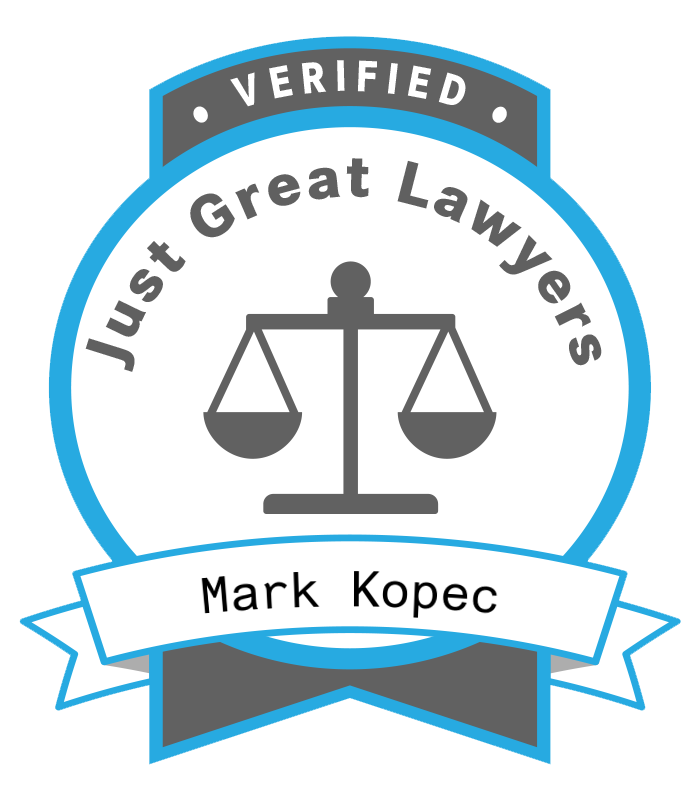Mark Kopec Now
Brain Cooling
Medical Malpractice and Therapeutic Hypothermia (“Brain Cooling”)
Therapeutic hypothermia, often called “brain cooling,” is a critical medical procedure used to reduce brain injury after certain events, primarily a lack of oxygen or blood flow. While a vital neuroprotective treatment, its time-sensitive nature and required expertise mean that errors in the application of brain cooling or failure to use it when required can lead to severe harm, forming the basis of medical malpractice claims.
Overview and History of Brain Cooling
Therapeutic hypothermia (TH) is a treatment that involves deliberately reducing a patient’s core body temperature, typically to 33∘C to 34∘C (91.4∘F to 93.2∘F), for a set period (usually 72 hours), then followed by a slow rewarming process.
History of the Procedure
The concept of using cold to treat injury dates back to ancient times.
- Ancient Roots: Physicians like Hippocrates observed the potential benefits of cold, recommending snow and ice to reduce bleeding.
- 20th Century Re-emergence: The modern scientific investigation of hypothermia for neuroprotection began in the mid-20th century. Researchers in the 1950s found that reducing body temperature reduced cerebral oxygen consumption.
- Landmark Trials: The treatment gained widespread acceptance as the standard of care in the early 2000s following pivotal randomized controlled trials (the HACA and Bernard trials) that demonstrated improved survival and neurological outcomes for comatose survivors of out-of-hospital cardiac arrest (OHCA).
- Neonatal Application: Its use for newborns with HIE: Hypoxic Ischemic Encephalopathy also became standard after major trials confirmed its neuroprotective effect in this population.
Indications and Mechanism
Types of Patients and Medical Conditions
Therapeutic hypothermia is primarily for patients who have suffered a sudden event that significantly deprives the brain of oxygen or blood flow, leading to cellular damage.
| Condition | Patient Population |
| Hypoxic-Ischemic Encephalopathy (HIE) | Term and late pre-term newborns (typically ≥ 36 weeks gestational age) who show signs of moderate to severe encephalopathy (brain dysfunction) after experiencing oxygen deprivation during the birth process. |
| Cardiac Arrest | Adult patients who remain comatose after successful resuscitation from cardiac arrest. |
| Other Potential Uses | Investigational or limited use in certain cases of severe traumatic brain injury (TBI) or stroke, although not yet a widely established standard of care in the same way as for HIE and cardiac arrest. |
How It Works (Mechanism of Action)
The goal of cooling the brain is to slow down the secondary injury cascade that occurs after the initial insult (like lack of oxygen). This secondary injury can evolve over hours to days and is often more destructive than the initial event.
- Reduced Metabolic Demand: Lowering the temperature decreases the brain’s metabolic rate, thus reducing its need for oxygen and energy (ATP). This helps preserve cell function.
- Reduced Excitotoxicity: Cooling helps minimize the release of excitotoxins, like glutamate, which can overstimulate and kill brain cells.
- Suppressed Inflammation: Hypothermia inhibits the inflammatory cascade, reducing the release of harmful cytokines and free radicals that exacerbate brain damage.
- Stabilized Blood-Brain Barrier: It may help stabilize the blood-brain barrier, reducing swelling and edema.
Administration and Outcomes – Brain Cooling & Medical Malpractice
Providers and Equipment
Therapeutic hypothermia is an intensive care procedure requiring a specialized team and monitoring.
- Medical Providers:
- Neonatologists or Pediatric Neurologists (for newborns with HIE).
- Intensivists (Critical Care Physicians), Emergency Physicians, and Cardiologists (for cardiac arrest patients).
- Critical Care Nurses with special training.
- Respiratory Therapists and support staff.
- Equipment:
- Cooling Device: Specialized units that use blankets, gel pads, cooling caps, or intravascular catheters to control core body temperature. Examples include whole-body cooling systems or selective head cooling caps (primarily for neonates).
- Temperature Probes: Rectal or esophageal probes for continuous and accurate core temperature monitoring.
- Vital Signs Monitoring: Continuous monitoring of heart rate, blood pressure, oxygen saturation, and respiratory function.
- Neurological Monitoring: Continuous Electroencephalography (cEEG) to detect seizures, which are common and can worsen injury.

Range of Outcomes
Outcomes are highly variable and also depend on the severity of the initial injury and the timeliness of the treatment.
- Positive Outcomes: The primary goal is to reduce the risk of death or moderate-to-severe neurodevelopmental impairment. For eligible newborns with HIE, TH is shown to significantly increase the rate of normal survival. For comatose cardiac arrest survivors, it increases the chance of a favorable neurological outcome.
- Negative Outcomes/Complications: Complications during the procedure can include cardiac arrhythmias (e.g., sinus bradycardia), hypotension, coagulopathy (bleeding or clotting issues), and infection. If the injury was too severe or the treatment was delayed, the patient may still suffer from severe neurological deficits, such as Cerebral Palsy (CP), developmental delays, epilepsy, or even death.
Medical Malpractice Implications
Brain Cooling as a Cause for Medical Malpractice Claims
Malpractice claims related to therapeutic hypothermia typically center on a deviation from the established standard of care, which is particularly stringent given the narrow “therapeutic window” (often 6 hours from the injury or birth for neonates) for the treatment to be effective.
| Malpractice Scenario | Description |
| Failure to Initiate (Delayed Treatment) | The most common claim. The medical team fails to recognize the need for TH in a timely manner (e.g., failing to diagnose moderate/severe HIE or failing to cool a comatose cardiac arrest survivor), missing the critical window of opportunity. |
| Improper Administration | Errors during the procedure itself, such as: |
| – Cooling or rewarming the patient too quickly, which can cause harm. | |
| – Failure to adequately monitor the patient, leading to complications like severe hypotension or missed seizures. | |
| – Equipment malfunction or improper use. | |
| Failure to Transfer | Failing to promptly transfer a patient who needs TH from a facility that lacks the necessary equipment or expertise to a higher-level facility. |
Brain Cooling in Treating Medical Malpractice-Caused Injuries
Conversely, the need for therapeutic hypothermia itself can be a direct result of prior medical malpractice, forming the basis of a two-part claim.
- Negligent Injury: The patient (most commonly a newborn) suffered an initial brain injury because of a preventable medical error.
- Example: A doctor or nurse’s failure to recognize fetal distress during labor, a delayed or unnecessary use of instruments (forceps/vacuum), or an unduly delayed C-section, resulting in Hypoxic-Ischemic Encephalopathy (HIE).
- Injury Requiring TH: Because of this initial negligence, the infant is born with HIE and requires therapeutic hypothermia to mitigate the damage. The requirement for TH serves as strong evidence that a severe, life-altering birth injury occurred, and a legal claim would seek compensation for the lifelong care needs resulting from the initial, negligent injury.
Next Step: Contact Baltimore Brain Cooling Lawyer Mark Kopec
In summary, the administration of therapeutic hypothermia is often a sign that a patient has suffered a severe, time-critical, and potentially preventable neurological event. Litigation may focus on whether the initial injury was caused by negligence or whether the subsequent cooling treatment was properly given.
If you have a potential medical malpractice case, then visit the Kopec Law Firm free consultation page or video. Then contact us at 800-604-0704 to speak directly with Attorney Mark Kopec. He is a top-rated Baltimore medical malpractice lawyer. The Kopec Law Firm is in Baltimore and pursues cases throughout Maryland and Washington, D.C.





